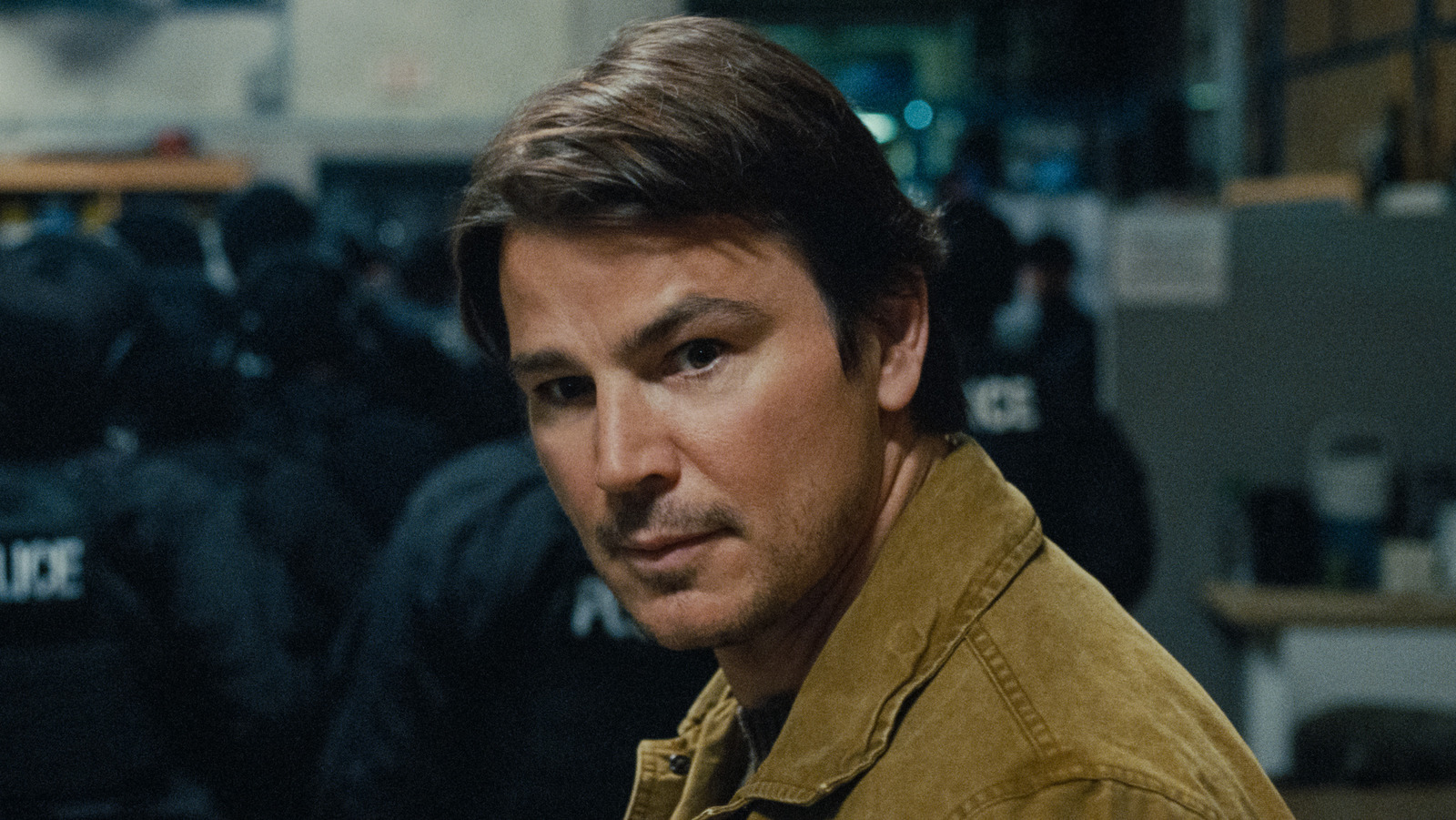Physical Address
304 North Cardinal St.
Dorchester Center, MA 02124
Physical Address
304 North Cardinal St.
Dorchester Center, MA 02124

Contains spoilers for “Trap”
M. Night Shyamalan is back with “Trap,” a thriller about a serial killer trying to escape from a concert venue packed with cops who are searching for him. Unlike his works featuring ghosts, aliens, or aging beaches, “Trap” is grounded in reality, drawing inspiration from true events.
Shyamalan told Empire about Operation Flagship, a 1985 plan where authorities contacted thousands of known fugitives, offering them free football tickets and a chance to attend the Super Bowl. About 100 showed up, unaware of the trap, and were subsequently apprehended. “The cops were literally cheerleaders and mascots. These guys were dancing as they came in. And they were all caught. It was so twisted and funny,” Shyamalan recounted.
The plan incorporated foreshadowing akin to an M. Night Shyamalan movie. For instance, the letters to the fugitives were signed by “I. Michael Detnaw,” which spells “wanted” backward. This kind of twist seems almost as obvious as the one in Shyamalan’s 2004 film, “The Village.”
In addition to Operation Flagship, another true story parallels the plot of “Trap.” While Operation Flagship targeted fugitives wanted for narcotics and assault, a 1971 event aimed at catching a genuine serial killer was spearheaded by Tom Hanson, who organized a premiere for his film “The Zodiac Killer.” David Fincher’s “Zodiac” omits this remarkable detail.
As the Zodiac Killer eluded police and taunted media, Hanson believed he could capture the killer by premiering a movie on the murderer’s exploits. Hanson explained to Temple of Schlock how he financed “Zodiac” with just $13,000 and premiered it in San Francisco, hoping to lure the killer. During the premiere, attendees entered a contest by writing their names on cards for a chance to win a motorcycle, with someone examining the handwriting for matches to the Zodiac’s.
Though the plan failed, Hanson claimed a man resembling the Zodiac sketches approached him in the restroom, chillingly commenting, “Y’know, real blood doesn’t come out like that.” The veracity of this encounter remains uncertain, but it adds a spine-tingling end to the story.
Operation Flagship might have sparked the idea for “Trap,” but it was Shyamalan’s desire to collaborate with his daughter, Saleka, that shaped the final concept. Saleka, a professional singer, inspired her father to create a project where music played a central role. “She had written a few songs for a TV show,” Shyamalan told NPR. “And we said, hey, what do you think about doing a movie that’s primarily about music, where the characters are listening to a whole album.” This idea eventually transformed into a story about a serial killer father taking his daughter to a concert surrounded by FBI agents.
Shyamalan remains one of the few filmmakers capable of initiating original projects in today’s industry, which he hopes to continue. “I want the industry to move towards more original storytelling,” he conveyed to Empire. “I think audiences would really like it … But it’s really important that we come to the movies and see something we’ve never seen before. I’ll keep fighting for that.”
With “Trap,” Shyamalan has crafted a unique film, combining real-life inspiration with his daughter’s musical talent, culminating in a thrilling narrative. Josh Hartnett delivers a strong performance as Cooper, or The Butcher, anchoring the film with his portrayal.
Though “Trap” concludes in a way that could lead to a sequel, as it stands, the film offers a thrilling ride inspired by a real-life sting operation and family collaboration.
Source: Looper, Empire, NPR



